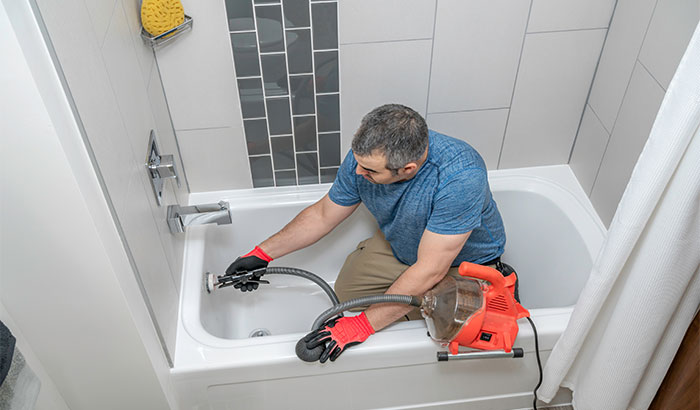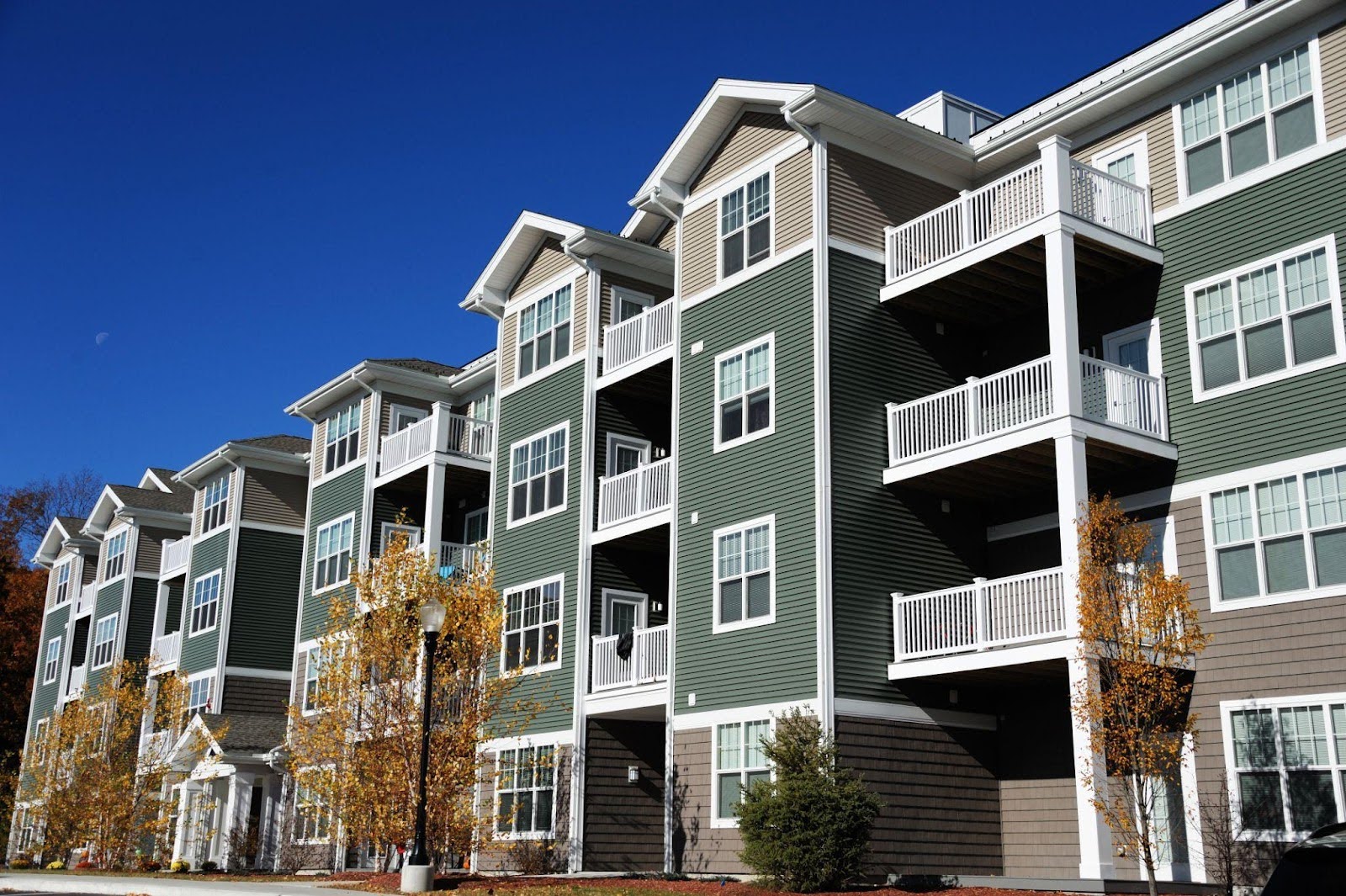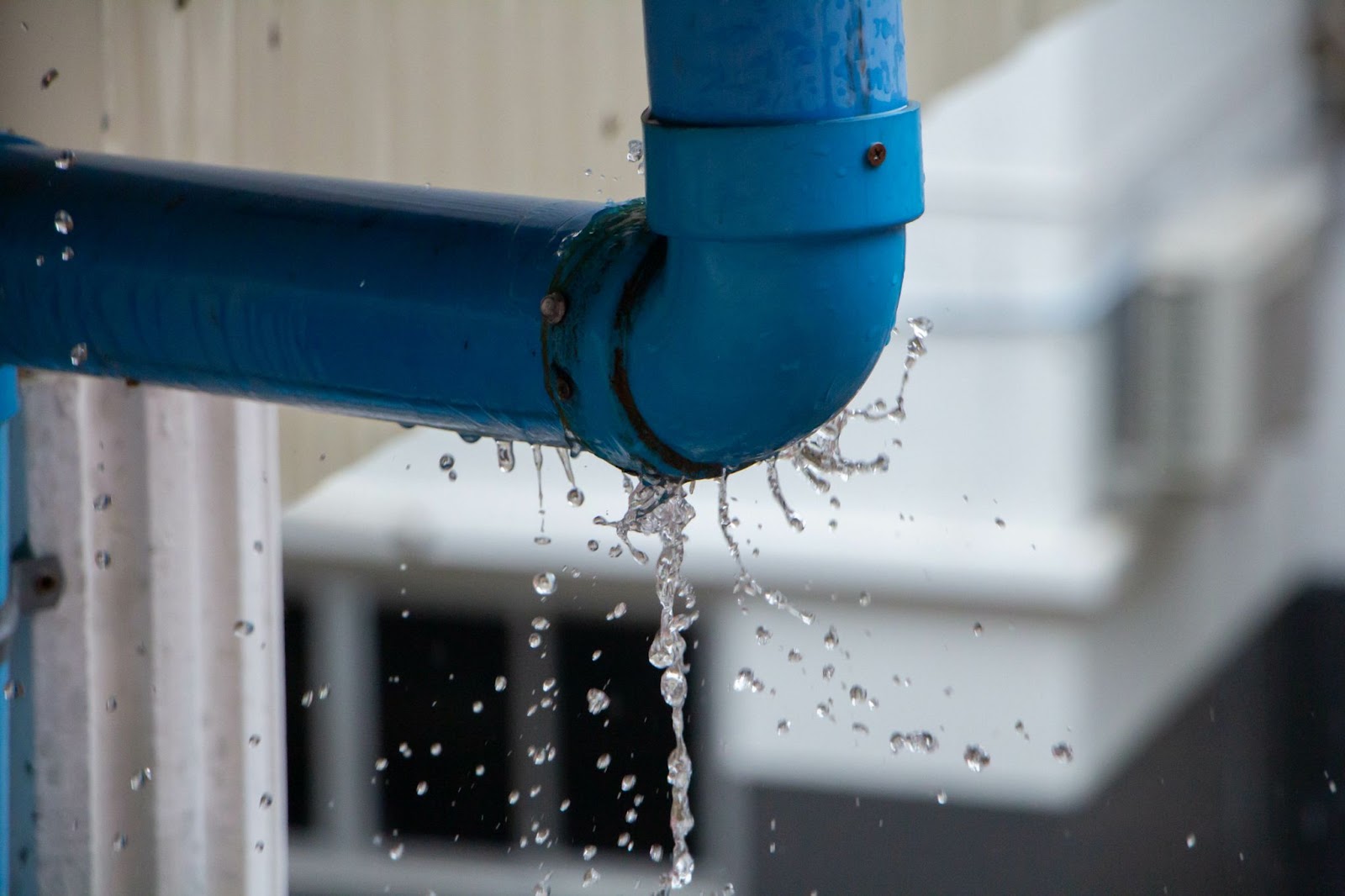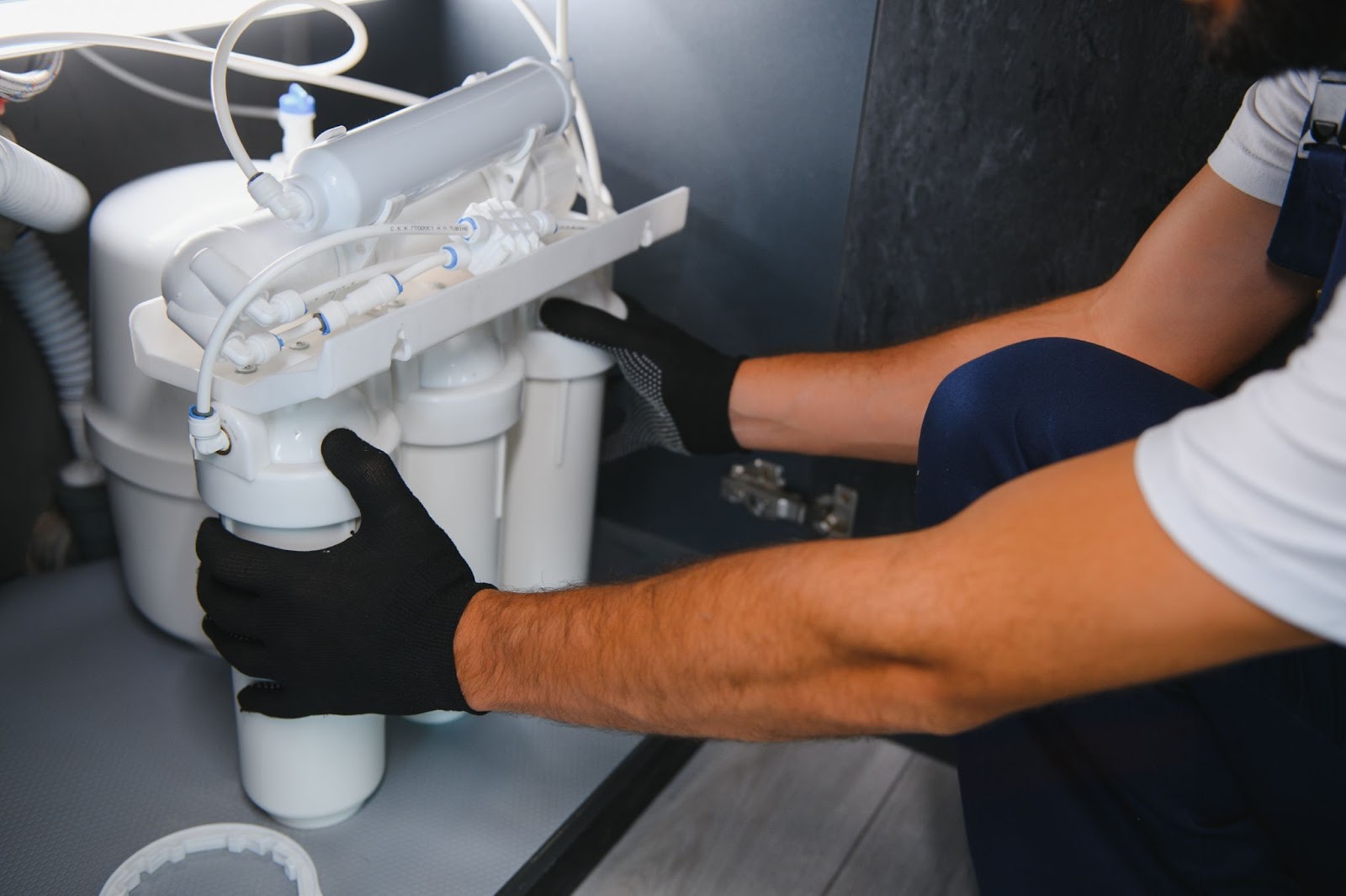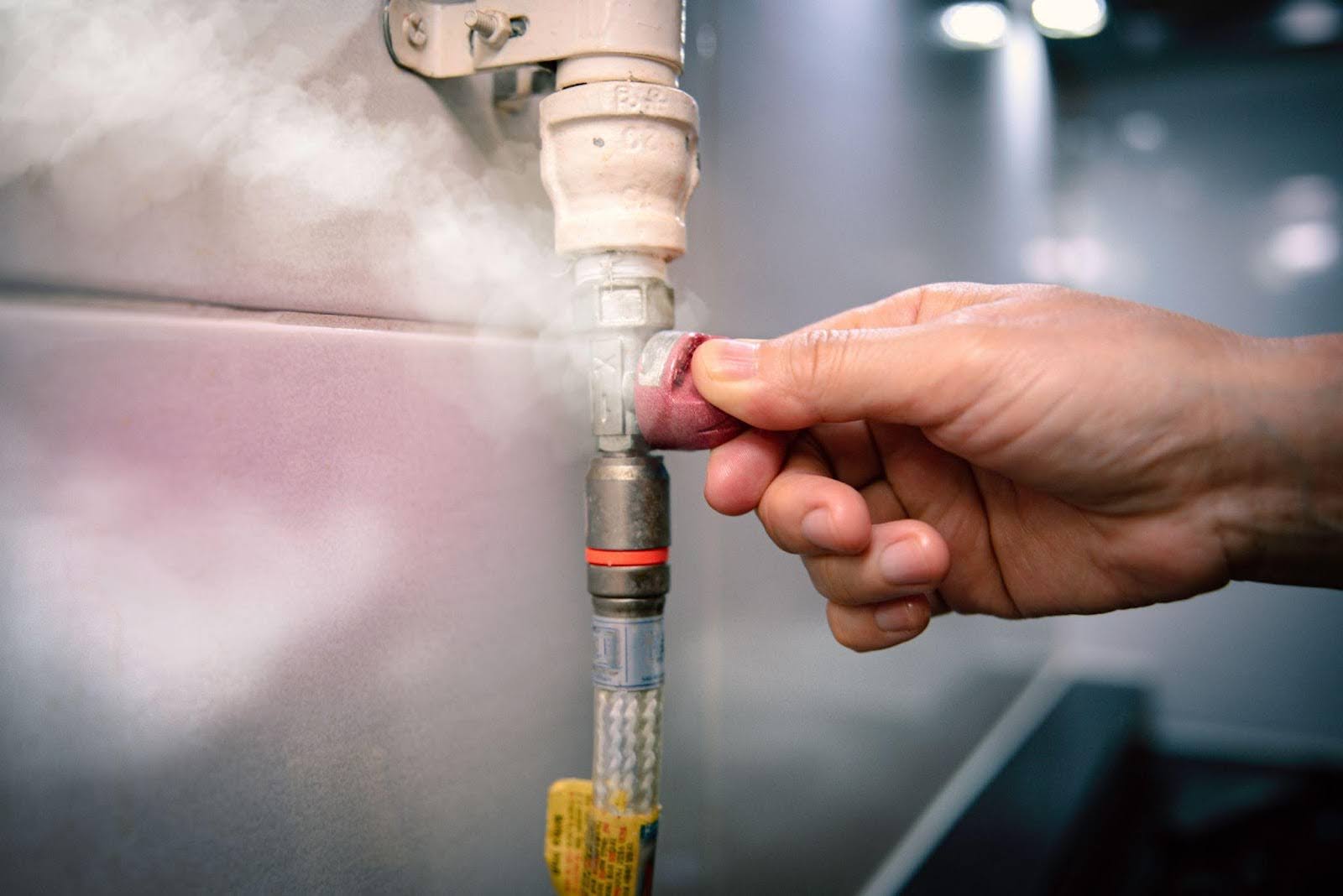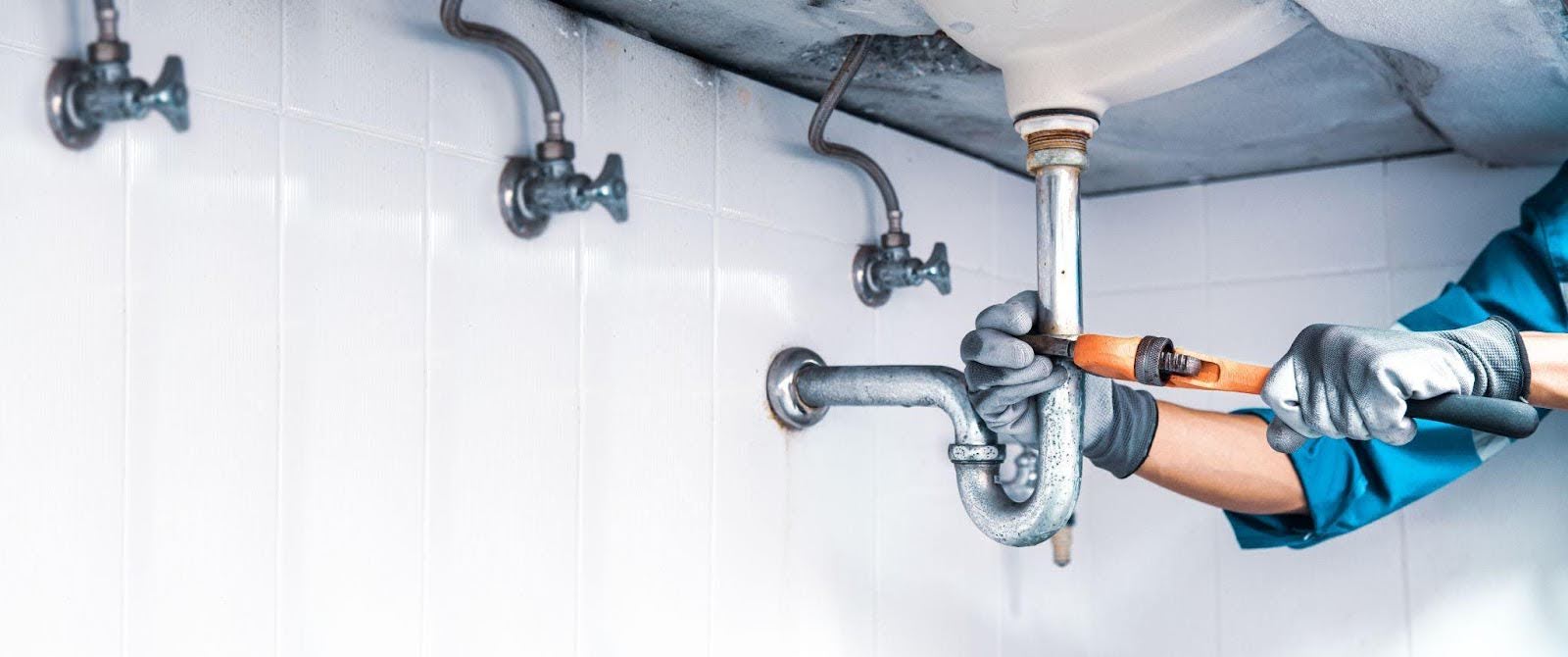Are you tired of trying to fix a bathtub in your home on your own? The frustration of dealing with a clogged drain, repairing a bathtub faucet, or bathing with weak water pressure can quickly turn a relaxing experience into a daily hassle.
In this article, we’ll embark on a journey through the common bathtub troubles that haunt homeowners, exploring potential do-it-yourself fixes. We’ll also delve into the considerations of when it’s wise to call in a professional plumber, highlighting the scenarios where their expertise becomes an invaluable asset.
After dealing with bathtub issues for so long, there’s nothing like using your bathtub and having it operate perfectly. By the end of this blog, you should be armed with the knowledge to help you get your bathtub back to being problem-free.
Whether you’re a seasoned bathroom plumbing DIY enthusiast or someone who prefers leaving the wrenches to the experts, finding the right solution for your bathtub problems is crucial. Let’s get started!
Common Bathtub Issues
Bathtubs, though designed for relaxation and rejuvenation, are not immune to problems that can disrupt your bathing experience. Understanding the common issues that can arise with your bathtub is the first step towards resolving them effectively.
From pesky clogs to bothersome leaks, let’s explore the most frequently encountered bathtub troubles and the underlying causes that give rise to them.
Here are some problems:
1. Clogged Drains:
- Hair, soap scum, and debris accumulation in the drainpipe can impede water flow, leading to slow drainage or complete blockage.
- Objects accidentally dropped into the drain, such as small toys or jewelry, can obstruct the passage of water and cause backups.
- Mineral deposits and sediment buildup within the drainpipe gradually restrict water flow, requiring intervention to restore proper drainage.
2. Leaking Faucets:
- Worn-out or damaged seals and gaskets within the faucet mechanism can result in water seepage around the base or from the spout.
- Loose or deteriorated connections between the pipes and the faucet can cause leaks that worsen over time and wastewater.
- Excessive water pressure, often caused by a faulty pressure regulator, can strain the faucet components and lead to leaks.
3. Low Water Pressure:
- Partially closed or malfunctioning water supply valves can restrict the flow of water into the bathtub, resulting in reduced pressure.
- Mineral deposits and sediment buildup within the pipes or showerhead can constrict the water flow, leading to decreased pressure.
- Issues with the main water supply line, such as damage or restrictions, can result in inadequate water pressure throughout the plumbing system.
4. Cracked or Damaged Bathtub Surface:
- Aging or brittle bathtub material, such as acrylic or porcelain, can develop cracks or chips due to prolonged use or impact.
- Accidental drops of heavy objects or sharp items can cause visible damage to the surface of the bathtub.
- Improper maintenance and the use of abrasive cleaning agents can compromise the integrity of the bathtub surface, leading to cracks or scratches.
5. Inconsistent Water Temperature:
- A malfunctioning or broken valve can disrupt the balance between hot and cold water, resulting in fluctuating temperatures.
- Issues with the water heater, such as a faulty heating element or thermostat, can cause inconsistent water temperature during bathing.
- Accumulated mineral deposits in the water heater or plumbing system can affect the functionality of temperature-sensitive components, leading to temperature fluctuations.
These are just a few examples of the common bathtub issues homeowners encounter. Understanding the causes behind these problems is the key to resolving them effectively.
Potential DIY Fixes for Bathtub Problems
When faced with common bathtub issues, it’s empowering to know that there are often do-it-yourself solutions available. We’ll go over a few bathtub repair options and discuss whether or not someone can feasibly do them with little to no experience.
Here are some bathtub repair solutions that might work for your problem:
1. Clogged Drains:
- Use a plunger to create suction and dislodge the clog. It’s a relatively easy solution that anyone can attempt.
- Make a homemade drain cleaner using baking soda and vinegar to dissolve the blockage. This method requires minimal effort and is suitable for most clogs.
- Remove the drain cover and manually extract the debris using a wire hanger or plumbing snake. This solution may require a bit more skill and comfort working with plumbing tools.
2. Leaking Faucets:
- Repairing a bathtub faucet can often be accomplished by replacing worn-out seals or gaskets with new ones. This task is moderately easy, but some prior experience with basic bathroom plumbing repairs is beneficial.
- Tighten loose connections between the pipes and the faucet using a wrench or pliers. It’s a straightforward fix that can be accomplished by most individuals.
3. Low Water Pressure:
- Clean the showerhead by removing mineral deposits using a descaling solution or soaking it in vinegar. This solution is simple and can be done by anyone.
- Check and adjust the water supply valves to ensure they are fully open. This task requires a basic understanding of plumbing valves.
- Inspect and clean aerators or filters attached to the faucets. It’s an easy fix that can improve water pressure in some cases.
4. Cracked or Damaged Bathtub Surface:
- Fill minor cracks or chips with a bathtub repair kit or epoxy putty. This solution is suitable for those with some level of experience in DIY repairs.
- Seek professional refinishing or reglazing services for extensive or severe damage. This solution is more complex and is best left to experienced professionals.
5. Inconsistent Water Temperature:
- Adjust the temperature control settings on the water heater to achieve desired bathing temperatures. This task is relatively simple but requires caution when working with hot water.
- Replace a faulty valve to restore proper temperature regulation. This solution may require intermediate bathroom plumbing skills and tools.
When to Call a Plumber?
There are a few reasons why you should call a plumber instead of trying to tackle the problem on your own.
Knowing when to call a professional plumber is essential for maintaining the functionality and integrity of your bathtub and plumbing system. While many minor issues can be resolved through DIY efforts, there are circumstances where the expertise of a trained plumber becomes invaluable.
Here are some reasons why you should call a plumber:
1. You can’t figure out the underlying problems:
If you find yourself unable to determine the root cause of your bathtub issue, it’s time to call a plumber. Plumbers are trained to assess and diagnose plumbing problems accurately. They have the knowledge and experience to identify hidden issues that may not be apparent to an untrained eye. By engaging a plumber, you can ensure the underlying problem is properly addressed, preventing further damage and saving you from unnecessary guesswork.
2. You lack plumbing experience:
If you don’t have prior experience in fixing plumbing issues, it’s best to call a professional plumber. Plumbing systems can be intricate, and attempting repairs without the necessary knowledge and skills can lead to more significant problems or even cause damage to your bathtub or plumbing infrastructure. Plumbers undergo extensive training and have the expertise to handle various plumbing challenges effectively and safely. By relying on their experience, you can have peace of mind knowing that the issue will be resolved correctly.
3. You have multiple plumbing issues in your home:
When you encounter multiple plumbing issues throughout your home, it’s a strong indication that professional assistance is needed. It could be a sign of a more extensive problem within your plumbing system, such as issues with the main water supply line or sewer line. Trying to address multiple issues simultaneously without proper knowledge and equipment can be overwhelming and time-consuming. A plumber can conduct a comprehensive assessment, identify interconnected problems, and implement appropriate solutions, ensuring your entire plumbing system functions optimally.
4. You have safety concerns:
If you have concerns about the safety of performing repairs on your own, it’s best to call a plumber. Plumbing tasks often involve working with water, electricity, or gas lines, which can pose risks if not handled correctly. Plumbers are trained to adhere to safety protocols and have the necessary protective equipment to minimize hazards. By entrusting your bathtub repairs to a professional, you prioritize your safety and avoid potential accidents or injuries.
Can I Replace My Bathtub by Myself?
If your tub is beyond repair, it’s best to replace it. But can you do that by yourself?
While some DIY enthusiasts may feel inclined to tackle this project themselves, it is generally advisable to enlist the services of a professional plumber. Replacing a bathtub involves more than simply removing the old one and installing a new unit.
It requires a careful assessment of the plumbing connections, proper waterproofing, and precise installation to ensure long-term functionality and prevent costly water damage. Plumbers have the necessary knowledge, experience, and specialized tools to handle the intricacies of bathtub replacement, ensuring a seamless and professional installation that meets the highest standards.
Solve Your Bathtub Problems Today with Salisbury Plumbing
Don’t let plumbing problems dampen your spirits or compromise your comfort. With Salisbury Plumbing, you can start enjoying the convenience of a properly working bathtub.
Our team of licensed plumbers is equipped with the knowledge, skills, and specialized tools to handle a wide range of bathtub repairs, replacements, and installations. Whether you need help with a stubborn clog, repairing a bathtub faucet, or even a complete bathtub overhaul, we have the expertise to deliver outstanding results.
Say goodbye to the stress and frustration of trying to fix a bathtub alone – Trust Salisbury Plumbing to be your reliable partner in resolving your plumbing issues. We strive for excellence in every aspect of our work, from our reliable and courteous customer service to our skilled craftsmanship.
Reach out to us today by calling us at 385-503-5488 or by using our online form. Our friendly team is ready to provide you with the professional assistance you deserve.
toto slot

